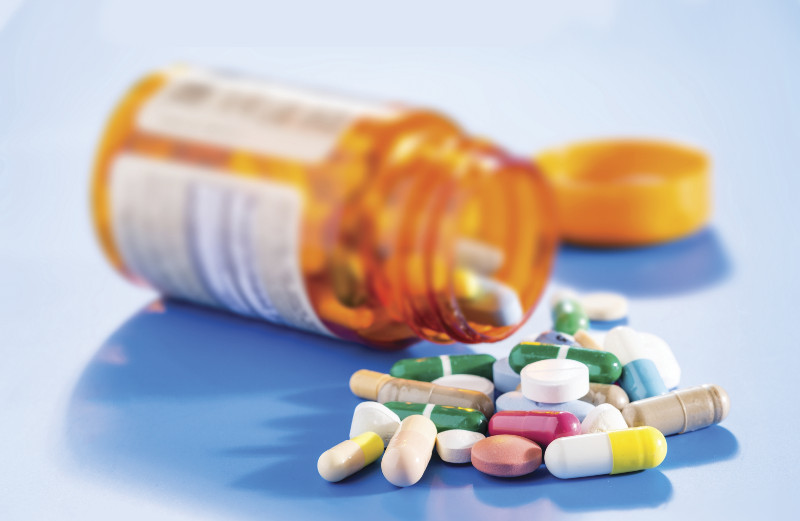This post was originally published on this site
Cameras, access control technology and proper policies and procedures will help to ensure the controlled substances at your hospital stay secure.
 Many hospital pharmacies are now visually documenting all drug dispensing to verify who is picking up specific medications and to which patients they are being administered.
Many hospital pharmacies are now visually documenting all drug dispensing to verify who is picking up specific medications and to which patients they are being administered.
By Paul Baratta · January 19, 2017
As any hospital pharmacy can tell you, drug diversion is one of the biggest issues it faces on a daily basis. It’s why they’re required to comply with a host of federal, state and local regulations that govern inventory accountability.
Controlled substances should be kept in a separate safe or locked refrigerator that only a licensed pharmacist can access.
Certain areas of the pharmacy must maintain physical barriers from the general public. Height markers should be placed at exits to help identify suspects and video cameras should be deployed at strategic locations to enable the hospital to document the movement, dispensing and disposal of controlled substances.
While no solution is 100 percent foolproof against opportunistic pilfering or a coordinated heist, the International Association of Healthcare Safety and Security and accrediting bodies such as the Joint Commission and the American Society of Hospital Pharmacists have published guidelines that can help hospital pharmacies decide what measures they should take to most effectively secure their pharmaceuticals.
These guidelines provide a framework for establishing a physical security management program that includes protection practices, policies, procedures and protocols for handling the flow of narcotics and other pharmaceutical supplies throughout the hospital.
But no matter how good a program might look on paper, the only way for it to succeed is if the hospital instills a culture of strictly adhering to security measures — from the top executives and administrators to licensed practitioners, support services and even the custodial staff.
Managing Credentials Poses Challenges
While most hospitals do well when it comes to granting privileges to sensitive areas, where they often fail is in the timely withdrawal of authorization when staff has been reassigned to other areas or is no longer employed by the institution. That’s why it’s important for pharmacy directors to work in concert with their security director counterparts to tightly manage and continually update employee credentials (access codes, card keys, biometric scans, etc.). This ensures that only currently authorized personnel can gain access to sensitive areas such as pharmacy stockrooms, medication storage closets and Pyxis medication carts.
Integrating high-resolution network video cameras with access control systems adds another vital layer of security because it allows security personnel to verify that the individual using a card key or punching in a code is actually the person authorized to use it.
Another security measure gaining acceptance is the network video door station, especially those augmented with two-way audio capabilities. Staff can monitor these high-definition systems from their workstations to visually and verbally screen anyone approaching the pharmacy before deciding whether to unlock the door and permit them access.
Another important feature of these door systems is that the visual/audio data they generate can be recorded and stored for future reference in case of an incident.
